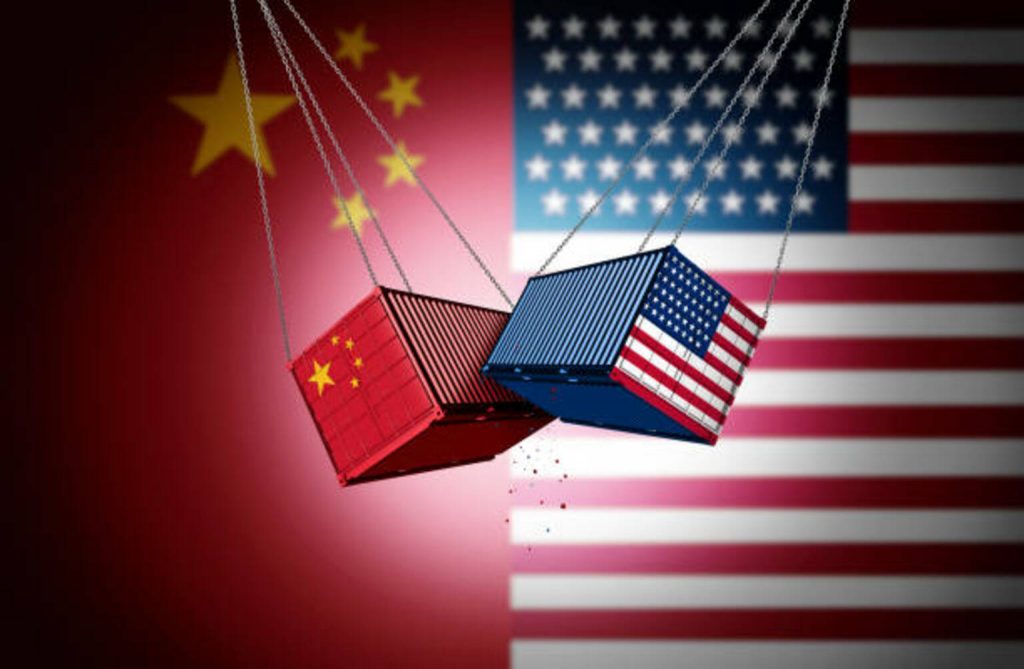The United States has officially ended the de minimis exemption for all commercial imports, eliminating the longstanding $800 duty-free threshold that had underpinned the business model of many direct-to-consumer (DTC) e-commerce brands. The move, effective August 29, follows an earlier suspension of the exemption for Chinese shipments on July 30.
The global rollback marks a significant regulatory shift, with far-reaching implications for cross-border trade, logistics networks, and consumer pricing. Industry observers say the change could disproportionately affect low-cost sellers and consumers while favoring larger brands with domestic infrastructure.
China Feels Early Impact
China was the first to be hit, with its exemption suspended on May 2 as part of efforts to combat the illicit flow of synthetic opioids. E-commerce giants Shein and Temu have since faced increased cost pressures, with new duties of up to 30% or a minimum of $100 per postal shipment. Further increases took effect on June 1, prompting both companies to accelerate investments in local U.S. fulfillment centers and explore regional logistics hubs, including in Southeast Asia.
The policy has already dented China-U.S. air cargo volumes, which fell 26% since May, according to industry estimates. However, a temporary 90-day U.S.-China trade détente announced in July may soften some of the broader economic fallout.
Vietnam Emerges as Strategic Alternative
In the lead-up to the global suspension, Vietnam gained ground as a preferred sourcing and logistics hub, buoyed by the temporary continuation of de minimis privileges. Electronics and apparel exports, particularly laptop shipments, saw a sharp uptick in air freight volumes to the U.S. in Q2 2025.
However, Vietnam’s own e-commerce landscape is undergoing changes. In February, the country scrapped its VND1 million (approx. $40) import exemption, subjecting low-value inbound goods to VAT. While this move narrows the cost advantage of Chinese imports, it places added strain on Vietnamese SMEs reliant on cross-border sourcing.
Analysts warn that the country’s booming e-commerce sector—where over 50% of transactions fall below VND200,000—may face new pressures as costs rise and competition intensifies.
Sector-Wide Shakeup
The end of the de minimis era is expected to reshape e-commerce logistics globally. Brands that relied on low-cost, cross-border dropshipping models will now confront a mix of elevated duties, increased compliance costs, and extended delivery timelines. Customs brokers report a rise in shipment rejections and delays due to incomplete or inaccurate declarations.
“This isn’t just a minor regulatory adjustment,” said a trade compliance expert in Singapore. “It’s a structural overhaul that forces a rethink of where and how goods are sourced, stored, and fulfilled.”
Major platforms are already adjusting. Several Chinese marketplaces are shifting inventory to third countries, including Vietnam and Mexico, while some U.S.-focused DTC brands are exploring nearshoring and localized production to offset rising duties.
Criticism and Broader Trade Concerns
While the U.S. has framed the de minimis suspension as a necessary step to counter narcotics smuggling, critics argue the move has broader protectionist undertones. Studies suggest the bulk of fentanyl precursors enter the U.S. via Mexico, not directly through e-commerce parcels, raising questions about the policy’s efficacy.
Consumer advocates warn the change may disproportionately affect lower-income American households that rely on affordable imports, while giving a competitive edge to large multinational brands with the resources to navigate the new landscape.
Outlook
Vietnam is poised to capture short-term gains as global brands reassess their supply chains, but local sellers and logistics providers face mounting pressure from new tax regimes and regulatory complexity. The longer-term impact will depend on how quickly businesses can adapt their fulfillment models in response to the shifting trade environment.

